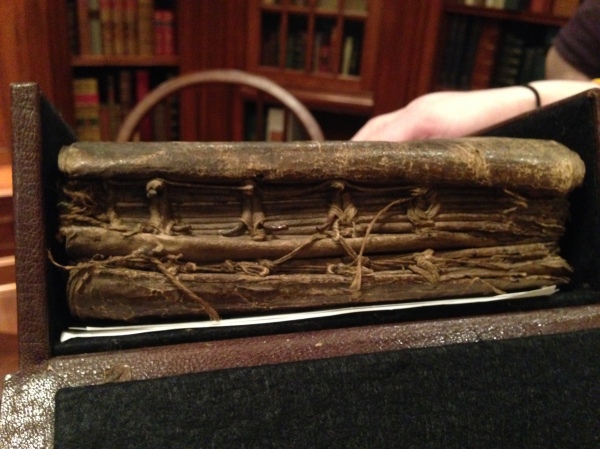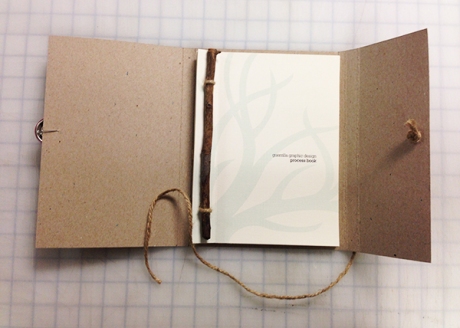It’s almost Independence Day and I’m feeling very patriotic and proud to be a resident of the good ol’ USA these days. ‘MERICA!
Our country has an infinite wealth of history that was crammed into those ridiculously heavy textbooks about wars, rights and presidents that we trekked through our high school hallways lugging around. From my own high school days (Shoutout to Trinity) I can remember chucking all my textbooks in the bottom of my locker, allowing their pages to be folded and torn and spilling coffee and chocolate chip cookie crumbs all over them. Hey, I didn’t care if they fell apart, I barely looked at them anyways…but still somehow managed to appear on the honor roll every semester. What I didn’t know in high school was that I had it easy getting my books for free. In college, textbooks = financial downfall.
I’ve rented, purchased and re-sold countless philosophy and english books, but the ones I’ve held onto were always design-focused. Somewhere along the lines of charging my way through design school, I developed a love for books. Not on their content, but their form.
I believe that books hold a certain power that the internet and digital things can never posses. They’re permanent. They can’t be erased when the server they are hosted on fails. They can’t disappear when you forget to charge your iPad. They exist. They were painstakingly crafted. Their paper was carefully selected. Their words used to be (and sometimes still are) hand-set into a printing press from drawers upon drawers of metal type of all fonts and point sizes. It really is a beautiful process. You should try it if you haven’t already.
One of my favorite things about books is their bindings. You can tell a lot about a book by its binding: how old it is, how often it has been read, how carefully it was crafted, etc. What excites me most is finding a great old book with a hand-stitched binding. I can’t believe some of the binds that people can come up with! I mean c’mon, look how beautiful:
When I designed a catalogue for a rare book collector, I had the opportunity to visit his home library and casually flip through thousands of rare books and first-editions. One of my favorites was this first century Magna Carta. It was falling apart but I was so transfixed by the binding:
 I was inspired to try some bindings of my own, so did a pretty cool twig-bind:
I was inspired to try some bindings of my own, so did a pretty cool twig-bind:
Final Words on Books:
Books are important. Don’t take them for granted. Sometimes you need to step away from the screen, find a tree to sit at the base of, and bury your nose in a few hundred pages.
Stay authentic.
Emily


